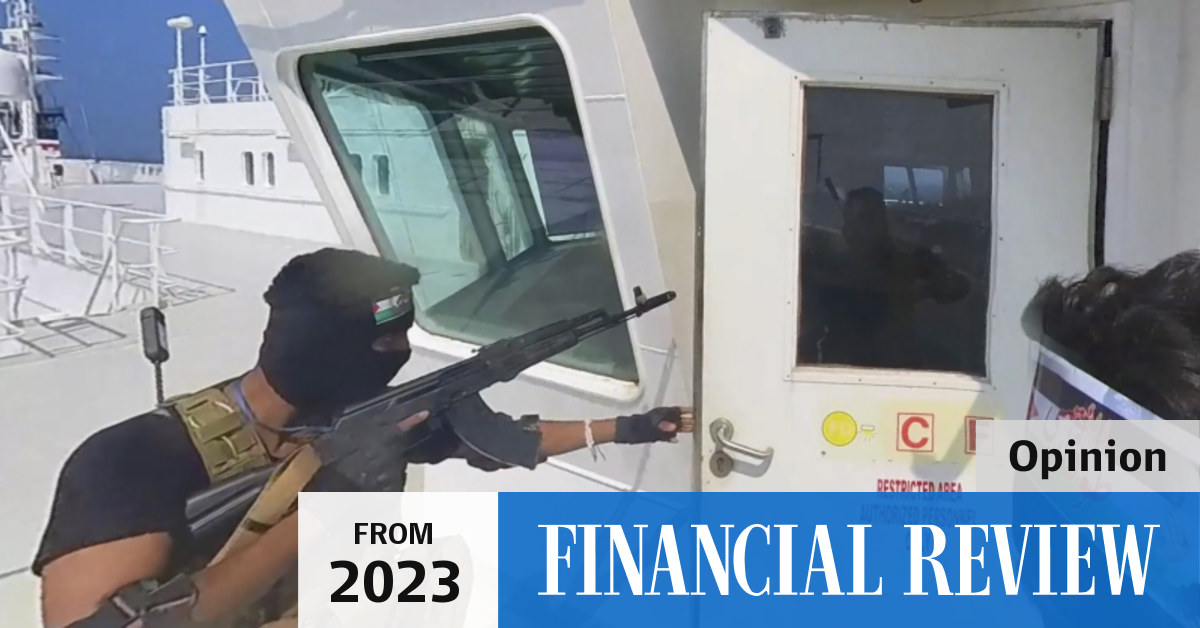Its possible to make 76mm rounds cheaper than 5k, but at current production rate that isn't going to happen. There is no priority to make it cheaper than $5k.5k but unguided.
The prices aren't official but once I read the 3 round salvo of guided rounds should be around 90k in total. But that would be before economies of scale since it is new tech.
Still 20-30k per round is the cheapest guidance we can get.
20-30k is still, pretty cheap. We know gun technology can scale in manufacturing. Large precision missiles are always going to be expensive, slow and bottleneck in a variety places in production, even if there was a global war.
Before the war in Ukraine, people were thinking the time of the gun, artillery, gun based air defence were over. That isn't exactly true, they have evolved, now to fight new threats and in new ways. Missiles are still very useful, but many gun based systems are also very useful, and importantly can scale.
Not every drone needs a guided round. These drones currently are travelling very slowly, are very weak and following preprogrammed paths. We may need to develop newer ammunition types to deal specifically with these type of threats.
EOS has had good success with just proximity sensing ammunition, based around a 30mm bushmaster.

Defence Slinger | Electro Optic Systems
Lightweight counter-drone lethality incorporating a radar, a 30mm cannon with specialised ammunition, and EOS proprietary stabilisation.
Again they are moving slowly, so often engagements, you will have time. They could definitely be part of a layered defence. The US has been experimenting with Hellfire and Direct attack guided and Lowcost guided imaging rockets rockets.Another option that could be interesting would be something like 70mm laser guided rockets. For slow movers that could be the cheapest option. With if enought laser pointers, deal with multiple drones, in a case of a swarm, at the same time.
Firing something that is the cost of a hydra 70 is going to be much more cost effective to take down a carboard drone than a SM-6.


